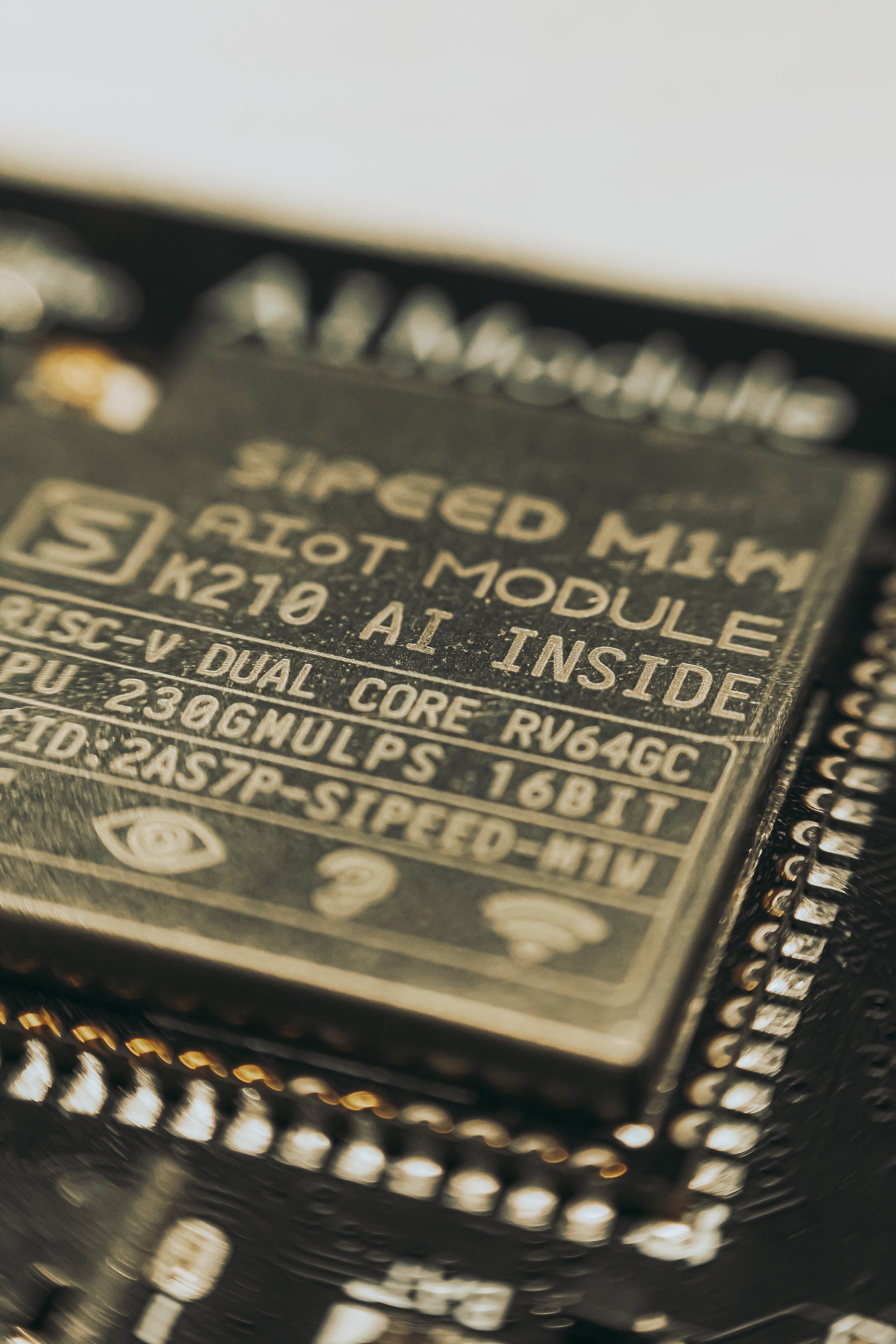Energy Harvesting ... Powering sensors in the future.
Energy harvesting is the process of converting ambient energy into electrical energy. This energy can be used to power small, wireless devices that would otherwise require batteries. Energy harvesting is a promising technology for reducing the environmental impact of electronics, as it eliminates the need for battery disposal.
There are many different types of energy harvesting technologies, each with its own advantages and disadvantages. Some of the most common types of energy harvesting technologies include:
- Solar energy: Solar energy is the most abundant form of energy on Earth. Solar cells can be used to convert sunlight into electricity. Solar energy is a good choice for energy harvesting in outdoor applications, such as streetlights and traffic sensors.
- Wind energy: Wind turbines can be used to convert wind energy into electricity. Wind energy is a good choice for energy harvesting in areas with high winds, such as coastal areas and mountain ranges.
- Vibration energy: Vibration energy can be generated by a variety of sources, such as traffic, machinery, and people walking. Vibration energy harvesters can be used to power devices that are constantly moving, such as wearable devices and industrial sensors.
- Thermal energy: Thermal energy is the difference in temperature between two objects. Thermoelectric generators can be used to convert thermal energy into electricity. Thermal energy harvesting is a good choice for energy harvesting in applications where there is a significant temperature difference, such as between the inside and outside of a building.
Energy harvesting is a rapidly developing field, and new technologies are being developed all the time. As technology continues to improve, energy harvesting is likely to become a more common way to power small, wireless devices.
Benefits of energy harvesting:
- Reduces environmental impact: Energy harvesting eliminates the need for batteries, which can be harmful to the environment when they are disposed of.
- Increases reliability: Energy harvesting systems are less likely to fail than battery-powered systems, as they are not dependent on a constant supply of power.
- Reduces costs: Energy harvesting systems can save money in the long run, as they do not require the regular replacement of batteries.
 Challenges of energy harvesting:
Challenges of energy harvesting:
- Low power output: Energy harvesting systems typically produce very low power, which can limit the types
- of devices that they can power.
- Variability of energy sources: The amount of energy that can be harvested from a particular source can vary, which can make it difficult to design a system that can reliably power a device.
- Complexity: Energy harvesting systems can be complex and expensive to design and manufacture.
Despite the challenges, energy harvesting is a promising technology with the potential to revolutionise the way we power small, wireless devices. As technology continues to develop, energy harvesting is likely to become a more common and affordable way to power our devices in the future, minimising waste.

